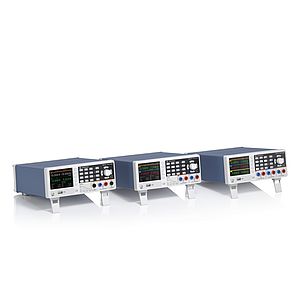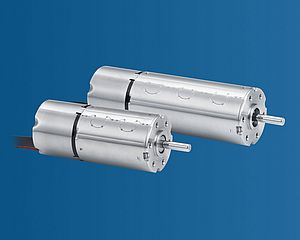The recent German export figures have been only one of an alarming number of pointers released in the past few weeks indicating a deteriorating economic climate. The figures released by the German Federal Statistical Office showed that exports declined in August by 1.0% compared with the same month last year, but by 5.8% compared with the month before, the biggest fall since January 2009.
Interestingly, considering ongoing fears about the Eurozone's economy, exports to the EU increased year-on-year, whilst those to the rest of the world declined 4.7%, supporting the belief that demand from emerging countries is drying up.
The impact of sanctions against Russia is nearly impossible to gauge with so many other conflicting factors. The restrictions in place relate to a wide range of products, particularly machinery, which last year was Germany's second biggest export behind motor vehicles, but in many cases the sanctions dictate greater control rather than an outright ban. In July, the German machinery production growth forecast for 2014 was cut from 3% to 1% by the association responsible for machine industry, citing the fallout of the conflict between Ukraine and Russia as a key reason.
When considering Russia, there are factors beyond the immediate impact of the sanctions worth bearing in mind: firstly, demand was already down during the first half of the year, well before restrictions were in place; secondly, the general geopolitical environment is causing uncertainty, which always translates to a fall in investment; and finally, there is inevitably some level of negative sentiment from Russia against the west in response to the perceived injustice of the sanctions.
All of these together will undoubtedly have a negative impact on demand coming from Russia. The magnitude of Russian importance to German exports needs to be put in context, though; last year, Russia was only the eleventh biggest importer of German goods, with 3.3% of the total, behind Poland, Switzerland and Belgium, pointing towards wider issues affecting demand for German exports.
It is perhaps not all that surprising to see a decline from Europe's biggest exporter given difficulties seen from the main drivers of growth in recent years. Brazil is suffering from high interest rates, a fluctuating currency and the default of its biggest neighbour and greatest trading partner. Despite promise, the real potential of India is still to be realised; the expected real industrialisation is yet to occur and industrial production growth has slowed for each of the past three years. Allied to this, demand from China is slowing. The focus of Chinese policy is changing, to a degree, from industrial production to consumer infrastructure and fulfilling domestic demand. This emphasis on maintaining financial stability over short-term expansion has been singled out as the nation's most important objective by China's leadership. For the rest of the world, this will support the exports of some industries, but there will undoubtedly be a continued shift away from the type and pace of demand previously seen from China.
These trends support the notion that the emerging nations will no longer propel the west's economy, which is already suffering a tumbling oil price and, very soon, the end of the fed's QE program.
A slowdown in demand from emerging economies may well be bad news for big exporters like Germany in the short term, but change is always inevitable, and with it comes new opportunities. As Chinese wages continue to rise, and the makeup of its economy changes, it may not be the ferocious consumer of raw materials and equipment that it has been. However, a narrowing wage gap with countries like China, and cheaper energy in the west makes domestic manufacturing more and more economically viable in Europe and the United States.
Increased automation and advanced manufacturing will help improve productivity in developed countries, as well as presenting new opportunities in themselves. Increasingly complex factories and the machinery and equipment in them will present huge demand for software and services support; this will change from a past emphasis overwhelmingly on just hardware.
In manufacturing alone, 'big data' provides the opportunity for collecting, storing, managing, and analysing huge quantities of information that can help optimize systems, improve maintenance efficiency and reduce downtimes.
These developments are expected to create significant new opportunities. Whether the current, rather bleak, economic outlook is part of another cyclical fluctuation, or an indicator of more sustained stagnation or decline, remains to be seen. Either way, the changing landscape of emerging nations and the continued evolution of technology in industry will provide opportunities for growth; they just won't be the same as before.






















































